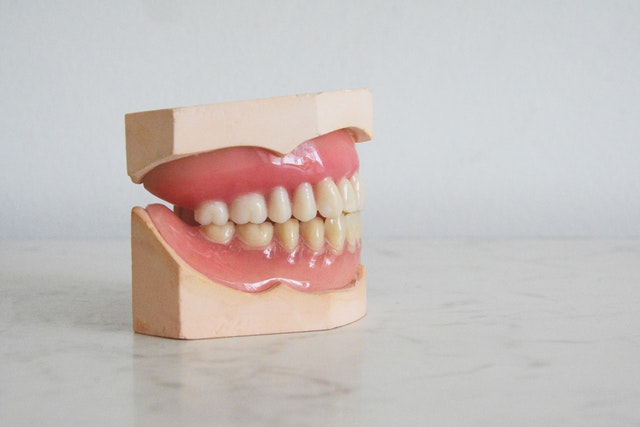
Beyond the Gums: Wisdom Teeth Eruption and Extraction
Beyond the gums, embarking on the journey of adulthood often includes the arrival of wisdom teeth, marking a significant rite of passage for many young individuals. These third molars, commonly known as wisdom teeth, typically make their debut in the late teens or early twenties. While some navigate a relatively smooth eruption process, others confront a range of issues that may eventually necessitate the extraction of these teeth.
Join us in this blog as we guide you through the stages of wisdom teeth development, from their initial emergence to potential extraction, and delve into the various phases in between. If you’re ready to explore the intricacies of this dental milestone, click here to dive into the fascinating world of wisdom teeth.
Stage 1: Eruption
Beyond the gums, the first stage in the wisdom teeth journey is the eruption. This is when these third molars begin to make their way through the gum line, just like any other tooth. The eruption process usually occurs between the ages of 17 and 25. However, it’s essential to note that only some develop wisdom teeth; some may have fewer than four.
Signs of Eruption
1. Gum Sensation: You may experience soreness or discomfort in the back of your mouth as the wisdom teeth push through the gum tissue.
2. Swelling: Some individuals may notice swelling and redness in the gum tissue around the emerging wisdom teeth.
3. Discomfort: Eruption can be uncomfortable, and you might feel pressure or mild pain, especially when chewing or biting down.
Stage 2: Partial Eruption
It’s relatively common for wisdom teeth to erupt partially, meaning they don’t fully break through the gum line. Partial eruption can lead to several issues, including infection and discomfort. This stage often prompts individuals to seek dental care and evaluation.
Challenges of Partial Eruption
1. Infection: Partially erupted wisdom teeth can create pockets where food particles and bacteria can become trapped, leading to infection and inflammation. This condition is known as pericoronitis.
2. Discomfort: Partially erupted wisdom teeth can cause ongoing discomfort, mainly when the gum tissue partially covers the tooth, making cleaning difficult.
Stage 3: Impaction
Beyond the gums, impaction occurs when there isn’t enough space in the jaw for the wisdom teeth to erupt correctly. Impacted wisdom teeth can be partially or fully trapped beneath the gum line and may grow at an angle or press against neighboring teeth.
Types of Impaction
1. Mesial Impaction: This is when the wisdom tooth is angled toward the front of the mouth, often pushing against the second molar.
2. Distal Impaction: In this case, the wisdom tooth is angled toward the back of the mouth.
3. Horizontal Impaction: The wisdom tooth is positioned horizontally, parallel to the adjacent tooth.
4. Vertical Impaction: The tooth is trapped beneath the gum line in a more upright position but fails to emerge ultimately.
Stage 4: Complications and Pain
Impacted wisdom teeth can lead to various complications, including pain, infection, and damage to adjacent teeth. The pressure and crowding caused by these impacted teeth can result in:
1. Chronic pain: Impacted wisdom teeth can cause persistent discomfort, headaches, and jaw pain.
2. Infection: The trapped space around impacted wisdom teeth is a breeding ground for bacteria, potentially leading to recurrent infections.
3. Cysts and Tumors: In rare cases, impacted wisdom teeth can give rise to cysts or tumors within the jawbone. These growths can cause further complications and require surgical intervention.
Stage 5: Wisdom Teeth Removal
Extraction is often the recommended solution when the pain and complications caused by impacted or problematic wisdom teeth become too much to bear. Beyond the gums, wisdom teeth removal is a standard dental procedure by oral surgeons or dentists. The extraction process can be done under local anesthesia, sedation, or general anesthesia, depending on the complexity of the case and the patient’s preferences.
Aftercare and Recovery
After wisdom teeth removal, patients are typically advised to follow post-operative care instructions carefully. This includes:
1. Rest: Allow your body time to heal and avoid strenuous activities.
2. Pain Management: Take prescribed or over-the-counter pain medications as directed to manage post-surgery discomfort.
3. Diet: Stick to soft foods and avoid hard, crunchy, or spicy foods to prevent irritation to the surgical sites.
4. Oral Hygiene: Keep your mouth clean by following instructions for rinsing and gently brushing around the surgical sites.
